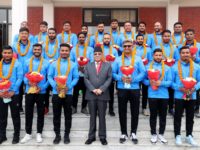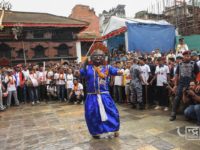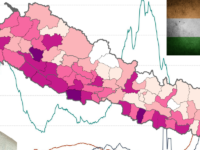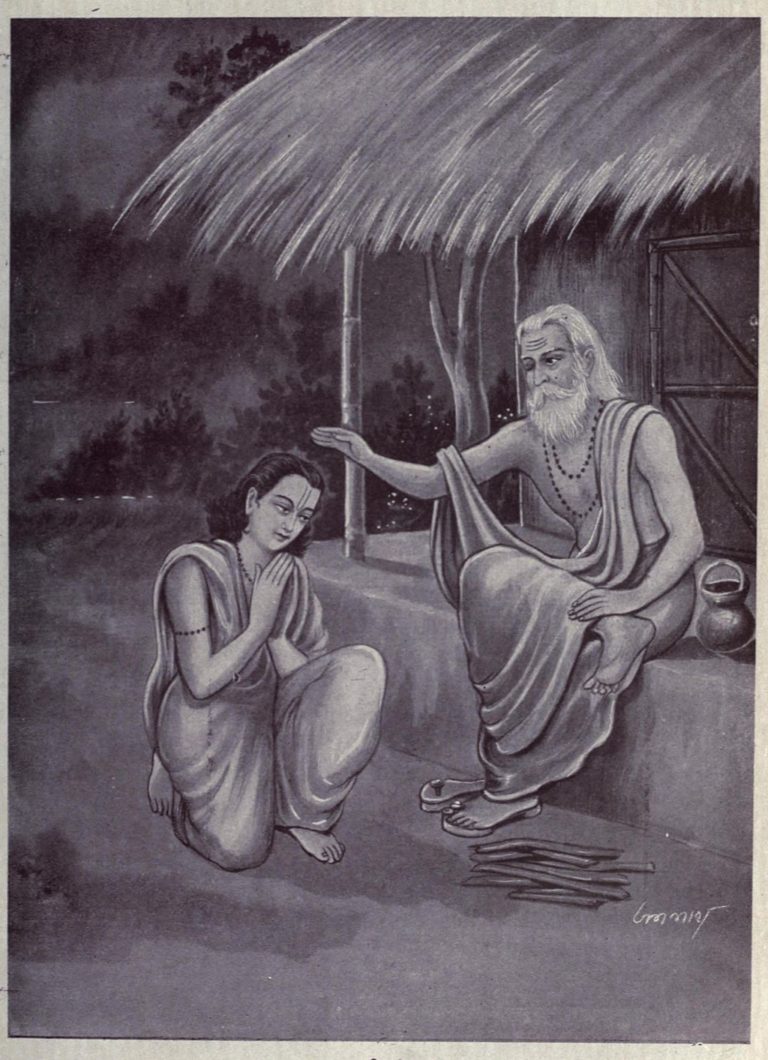By Om Tat Sat,
As the children’s club girls filed into EduVision office after their school ended, two of them rushed back to a shop outside and returned with a gift each. “Happy Teacher’s Day, Sir.” They handed red ballpoint pens to me, and smiled in respect. “But I am not your school teacher, I am more your Guru,” I educated them. Earlier in the day, they had greeted their teachers and had some ceremony at their school.
Tuesday (July 16th, 2019) was the Guru Purnima, a special day celebrated in Nepal and India.
The full moon night of July 15 was a special event in the history of Guru Purnima. This day is marked to pay respect for the spiritual mentor in the Vedic civilization. It became a significant day due to the lunar eclipse, adding deeper spiritual practices millennia old. An eclipse on this day was occurring after 149 years, and as a reminder for Nepal’s ancient culture, it was the birthday of Maharshi Vyas, the great sage who authored the Mahabharata.
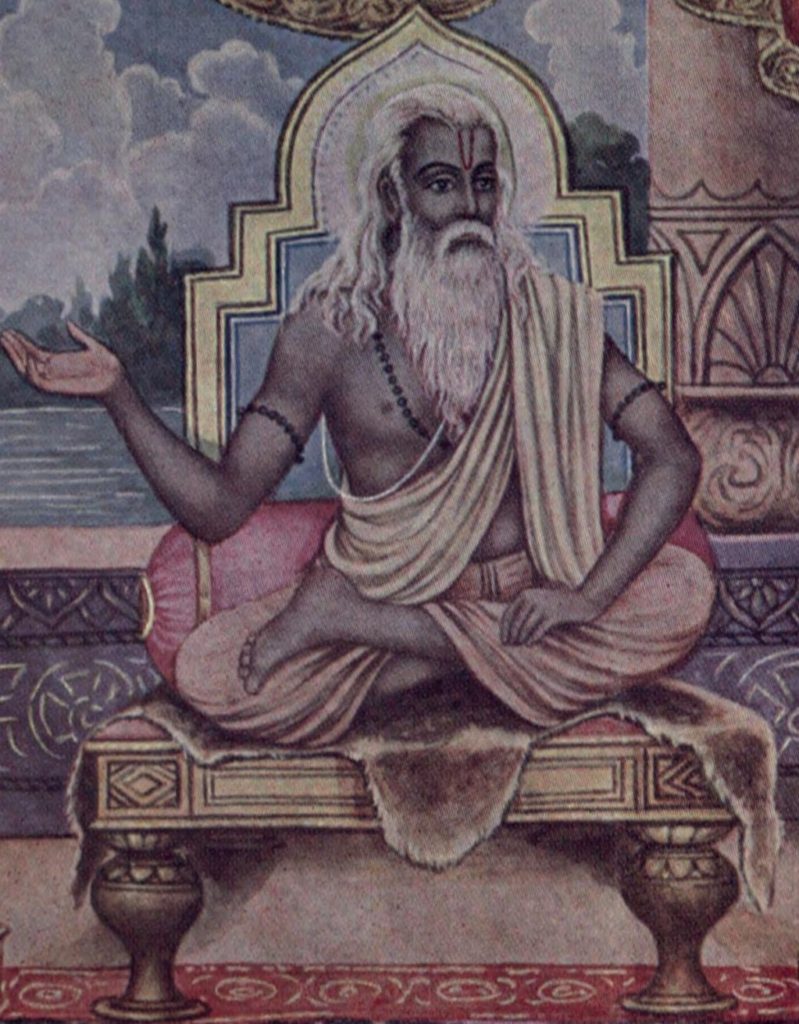
Photo: Wikipedia.
Guru is a term that is not transferable to Western culture. In the East, Guru has an exalted position and even placed higher than parents and gods, Brahma, Vishnu and Maheshor. The meaning of the term Guru is- the one who removes ignorance from our life. Its importance can be understood by this famous Japanese quote: “Better than a thousand days of diligent study is one day with a great teacher (Guru).”
Such is the central role of a Guru that the education system of the ancient Vedic civilization was called the Gurukul, where children of the community could get free education regardless of their social status. It has been reported that 80 percent of students were from the lowest group. Princes and royal family members all attended Gurukul of a highest order run by highly spiritually exalted Guru. In a famous story from Mahabharata, Eklavya was a young man who wanted to study with Guru Dronacharya, who was training the Kauravas and the Pandavas. Since Eklavya was not a Kshetriya, he was denied admission. So, he went and constructed a mud idol of Dronacharya and prayed to it every day before learning archery by himself, a skill imparted to the royal family members. He so excelled in archery that he surpassed the skills of Arjuna, trained by Dronacharya himself. And as was the custom, once Eklavya revealed Dronacharya as his Guru, he owed him an offering for the privilege. The price was his right thumb, which he offered in appreciation for his status as Dronacharya’s student.
A Guru’s place in Vedic culture is inalienable. Even kings had a RajGuru, the royal mentor, advisor and counselor regarding all affairs of the state, worldly of spiritual. Lord Rama from the epic Ramayana was trained by Maharshi Vashistha. The place of a Guru is parallel to none in this culture.
Modern times have eroded all significance. Colonial rule in India got rid of all Gurukul institutions, and replaced them with English education. Gurus seem to be confined to mythology. The closest thing to a Guru would be a mentor. Most of the teachers in our schools do not carry the same responsibility and duty as the ancient Gurus. Teachers who beat students and stress them out with piles of back breaking books and homework can in no way be veneered in the same way.
In the cheapening of our culture, values and spiritual heritage, Guru Purnima has also become a casualty to modernity.
The writer is a graduate of Arizona State University in Political Science. He is working as a social activist and motivational speaker for students across Nepal since 2007.
The views and opinions expressed in this article are those of the author and do not necesarily reflect the official policy or position of Nepalisite.








